Home Design
Modern Minimalist Lifestyle Home Design Ideas: Creating a Serene and Stylish Space
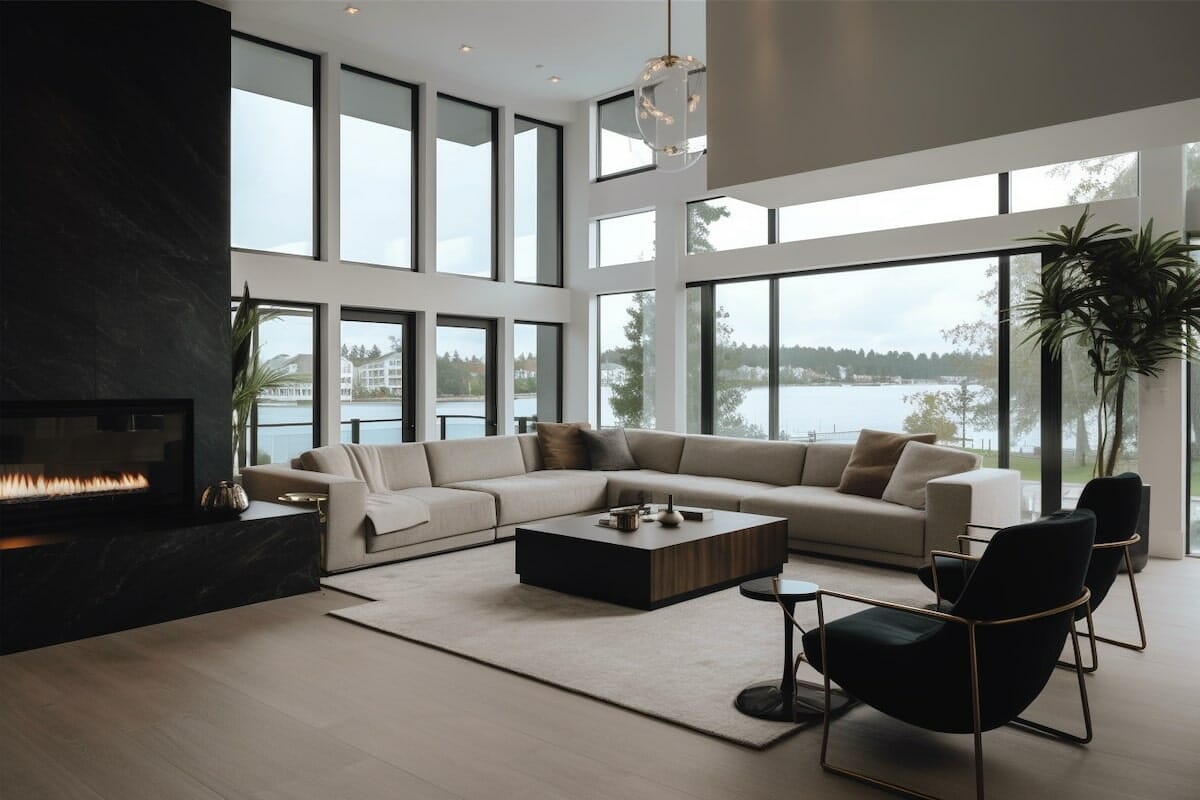
Embark on a journey into the world of modern minimalist lifestyle home design ideas, where simplicity meets sophistication to create a serene and stylish living space. From the sleek lines to the thoughtful use of space, this design style offers a refreshing take on contemporary living.
Let's explore the key elements that make this design approach so unique and appealing.
Introduction to Modern Minimalist Lifestyle Home Design
Modern minimalist lifestyle home design is a style that focuses on simplicity, clean lines, and a clutter-free environment. It emphasizes the use of minimal furnishings, neutral color palettes, and functional spaces.
Key Features of Modern Minimalist Design
- Simple and clean lines in furniture and architecture
- Neutral color palettes with occasional pops of color
- Open and uncluttered spaces
- Functional and multi-purpose furniture
- Use of natural materials like wood, stone, and metal
Benefits of Incorporating Modern Minimalist Design
- Creates a sense of calm and tranquility in the home
- Makes cleaning and maintenance easier with fewer items to dust and organize
- Maximizes space and promotes a more efficient use of rooms
- Promotes mindfulness and reduces stress by eliminating visual clutter
- Encourages a more sustainable lifestyle by focusing on quality over quantity
Color Palette and Materials
In modern minimalist design, the color palette is typically neutral and subdued, with a focus on creating a sense of calm and simplicity in the space. White, beige, grey, and black are commonly used as base colors, with occasional pops of color added sparingly for visual interest.
Materials
In modern minimalist design, the choice of materials plays a crucial role in achieving the desired aesthetic. Commonly used materials include:
- Wood: Natural wood finishes are often used to add warmth and texture to the space.
- Concrete: Concrete is a popular choice for flooring and countertops due to its clean, industrial look.
- Glass: Glass is used to create a sense of openness and light in minimalist spaces.
- Metal: Metals such as stainless steel or aluminum are used for fixtures and fittings to add a touch of modernity.
- Stone: Natural stone like marble or granite can be used for countertops or accent walls to add luxury and sophistication.
The combination of these materials, along with the neutral color palette, helps to create a harmonious and uncluttered look that is characteristic of modern minimalist design.
Furniture and Layout

In modern minimalist homes, furniture plays a crucial role in creating a clean, sleek, and uncluttered look. The characteristics of furniture in this design style are often simple, with clean lines, minimal ornamentation, and a focus on functionality over unnecessary decoration.
Characteristics of Furniture in Modern Minimalist Homes
- Furniture pieces are typically sleek and streamlined, with no intricate details or embellishments.
- Neutral colors such as white, black, gray, or beige are commonly used for furniture upholstery and finishes.
- Metal, glass, and natural materials like wood and stone are favored for furniture construction, adding to the minimalist aesthetic.
- Multipurpose furniture that serves more than one function is often preferred to maximize space efficiency.
Contribution of Furniture Layout to Design Aesthetic
The layout of furniture in a modern minimalist space is essential for creating a sense of openness and flow. Strategic placement of furniture can enhance the overall design aesthetic by emphasizing simplicity, balance, and functionality.
Tips for Selecting and Arranging Furniture in a Minimalist Space
- Choose furniture pieces that are essential and serve a purpose, avoiding unnecessary clutter.
- Opt for furniture with clean lines and a simple design to maintain the minimalist look.
- Consider the scale of furniture in relation to the size of the room to ensure proper proportion and balance.
- Use furniture to define different areas within an open-concept space, such as a living room and dining area, while maintaining a cohesive design.
- Keep furniture arrangements open and unobstructed to create a sense of space and light in the room.
Lighting and Accessories
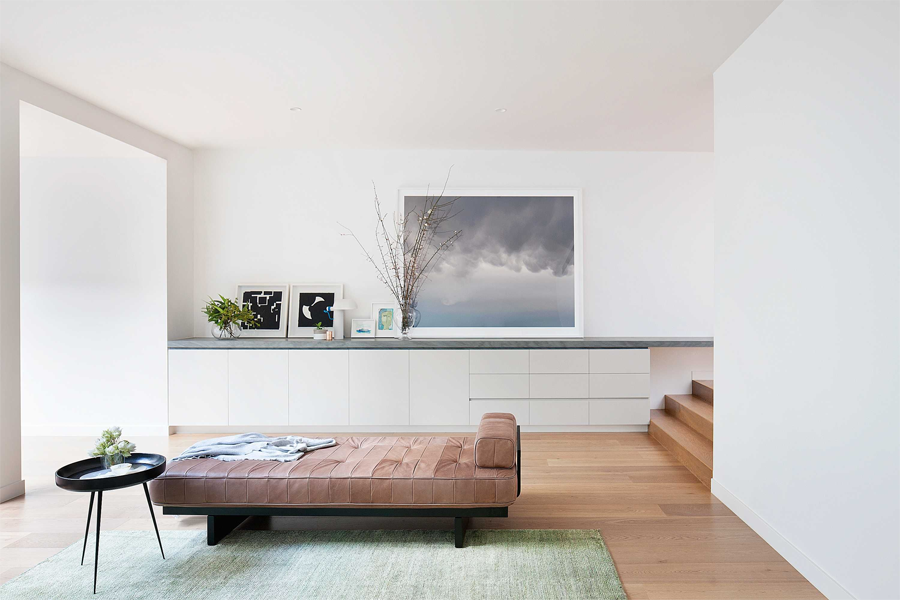
In modern minimalist design, lighting plays a crucial role in enhancing the overall aesthetic and functionality of a space. It helps create a sense of openness, highlights key elements, and contributes to the clean and sleek look that defines this style.
Importance of Lighting
Proper lighting can make a minimalist space feel more inviting and cozy, while also serving a practical purpose. It can be used to accentuate architectural features, create focal points, and set the mood in different areas of the home.
Examples of Lighting Fixtures
- Pendant lights: These sleek and simple fixtures are perfect for adding a touch of elegance to a minimalist space.
- Recessed lighting: Recessed lights provide a clean and unobtrusive lighting solution that blends seamlessly with the ceiling.
- Floor lamps: Minimalist floor lamps with clean lines and neutral colors can add both style and functionality to a room.
Role of Accessories
Accessories play a key role in personalizing a minimalist space and adding character to an otherwise simple design. They can be used to inject pops of color, texture, and personality into the space without overwhelming the overall aesthetic.
Functional Spaces and Storage Solutions
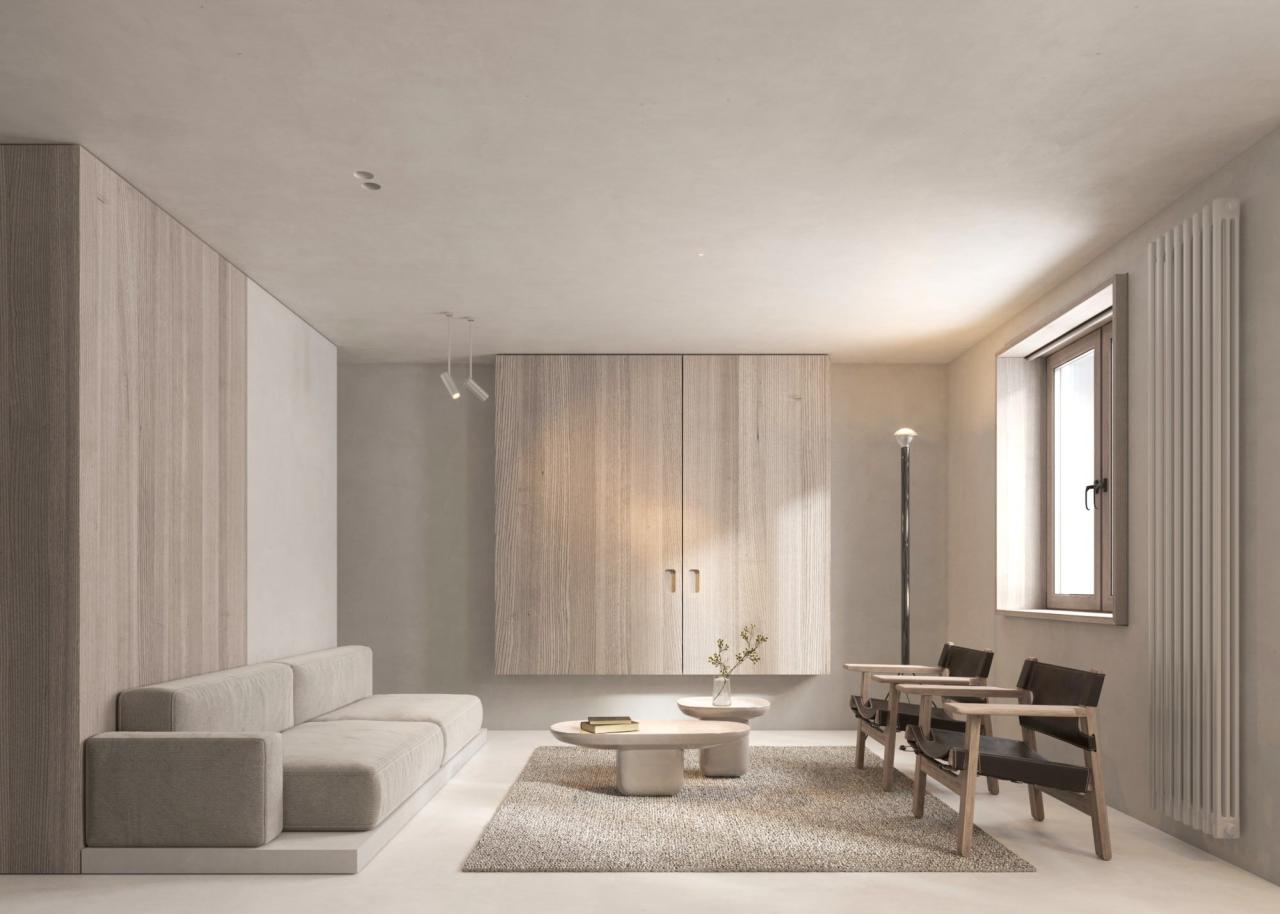
When it comes to modern minimalist homes, optimizing functional spaces and incorporating efficient storage solutions are key elements. Embracing the concept of "less is more" extends beyond just furniture and decor, but also influences how spaces are utilized and organized.
Multi-purpose Furniture
One way to maximize functional spaces in a minimalist home is by investing in multi-purpose furniture. Pieces like sofa beds, storage ottomans, and extendable dining tables can serve dual functions without taking up unnecessary space.
Hidden Storage
Innovative storage solutions such as built-in cabinets, under-stair storage, and wall-mounted shelves help maintain a clean and clutter-free environment in a minimalist home. By utilizing hidden storage options, belongings can be neatly stowed away while maintaining a sleek and streamlined aesthetic.
Decluttering Strategies
In a minimalist lifestyle, the emphasis is placed on intentional living and owning only what is necessary. Adopting decluttering strategies such as the KonMari method or regular purging sessions can help keep possessions to a minimum, making it easier to find storage solutions that align with the "less is more" philosophy.
Vertical Space Utilization
Maximizing vertical space through tall shelving units, hanging organizers, and overhead storage racks can help make the most of every inch in a modern minimalist home. By utilizing wall space effectively, belongings can be stored in a visually appealing and functional manner.
Summary
In conclusion, modern minimalist lifestyle home design ideas offer a harmonious blend of functionality and aesthetics, creating a space that is both calming and visually striking. By embracing the principles of minimalism, homeowners can transform their living spaces into havens of tranquility and modern elegance.
Start your journey towards a more minimalist lifestyle today and discover the beauty of simplicity.
FAQ
What are some benefits of modern minimalist lifestyle home design?
Modern minimalist design promotes a sense of calm, enhances visual appeal, and encourages decluttering for a more organized living space.
How can I choose the right color palette for a modern minimalist home?
Opt for neutral tones like whites, grays, and blacks, and consider adding a pop of color with accents like vibrant artwork or furniture pieces.
What role do accessories play in a minimalist space?
Accessories in a minimalist space should be carefully chosen to add personality without overwhelming the design. Opt for simple, elegant pieces that complement the overall aesthetic.

Home Design
Transforming Lifestyle with Modular Home Designs: A Modern Approach to Living
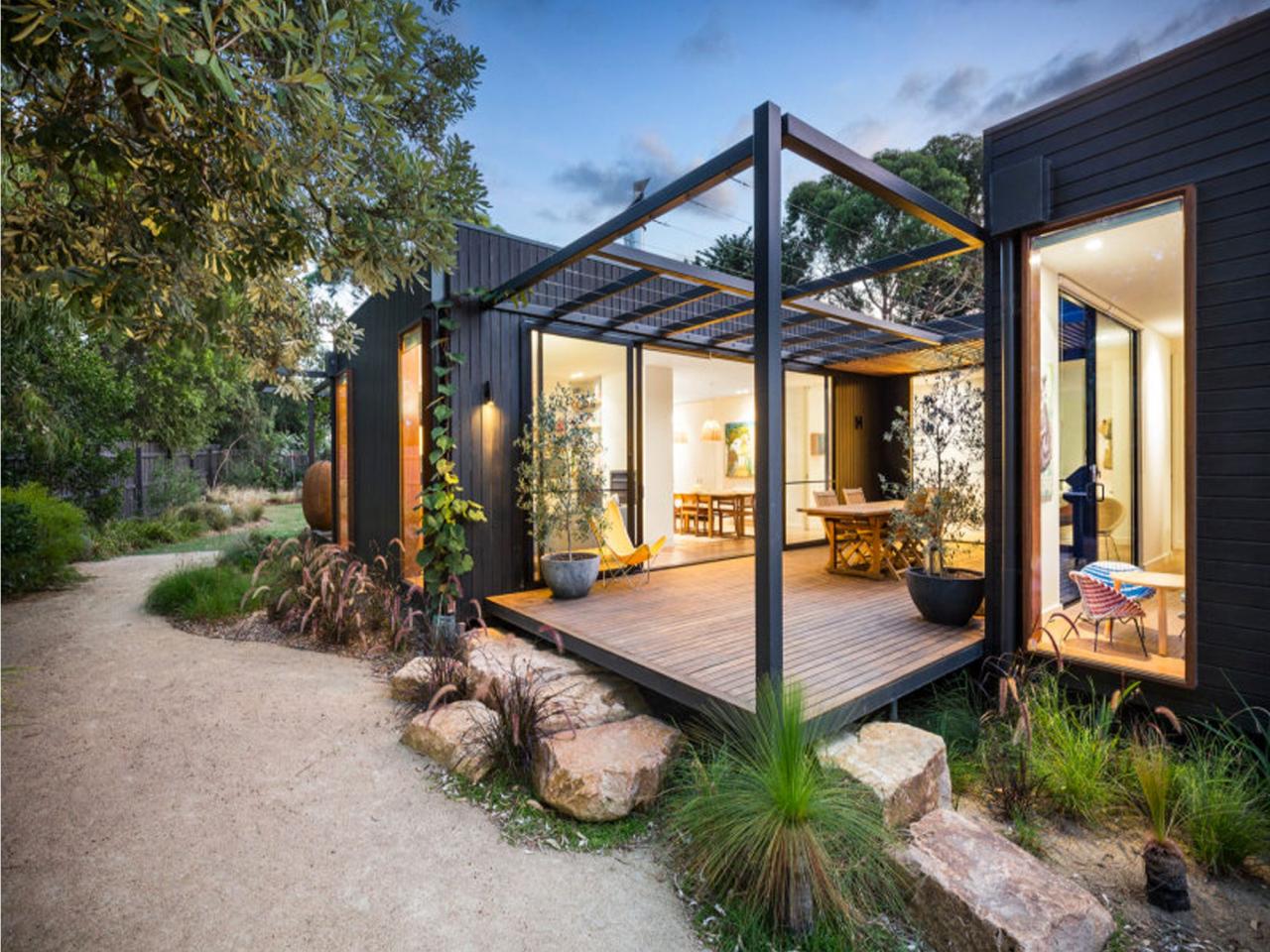
As transforming lifestyle with modular home designs takes center stage, this opening passage beckons readers into a world crafted with good knowledge, ensuring a reading experience that is both absorbing and distinctly original. It explores the innovative ways in which modular homes are reshaping our living spaces and revolutionizing the concept of modern living.
Benefits of Modular Home Designs

Modular home designs offer a myriad of benefits that can truly transform lifestyles. From efficiency to customization options, these innovative homes are changing the way we live.
Efficiency in Construction
One of the key advantages of modular home designs is the efficient construction process. These homes are built in a controlled environment, which reduces construction time and minimizes material waste. As a result, homeowners can move into their new modular home much faster than with traditional construction methods.
Unique Features
- Smart Home Technology: Many modular homes come equipped with the latest smart home technology, allowing homeowners to control their home's temperature, lighting, and security systems with ease.
- Sustainable Materials: Modular homes often incorporate sustainable materials and energy-efficient features, reducing the home's environmental impact and lowering utility costs.
- Customizable Layouts: With modular home designs, homeowners have the flexibility to customize the layout of their home to suit their specific needs and preferences.
Customization Options
Modular homes can be easily customized to fit different lifestyles. Whether you're a growing family in need of extra space or a retiree looking to downsize, modular home designs can be tailored to meet your unique requirements. From choosing floor plans to selecting finishes and fixtures, the customization options are endless.
Sustainability in Modular Home Construction
Modular home designs prioritize sustainability through the use of eco-friendly materials and construction methods. These homes are built with a focus on reducing waste and energy consumption while maximizing efficiency.
Use of Sustainable Materials
Modular homes utilize sustainable materials such as recycled steel, bamboo, and reclaimed wood. These materials not only reduce environmental impact but also contribute to a healthier indoor living environment.
Comparison with Traditional Construction
When compared to traditional construction methods, modular homes have a lower environmental impact. The controlled factory setting of modular construction reduces waste and minimizes disturbance to the surrounding ecosystem.
Energy-Efficient Advantages
Modular homes are designed to be energy-efficient, with features such as high-quality insulation, energy-efficient appliances, and solar panel options. These homes help homeowners reduce their carbon footprint and save on utility costs in the long run.
Cost-Effectiveness of Modular Homes
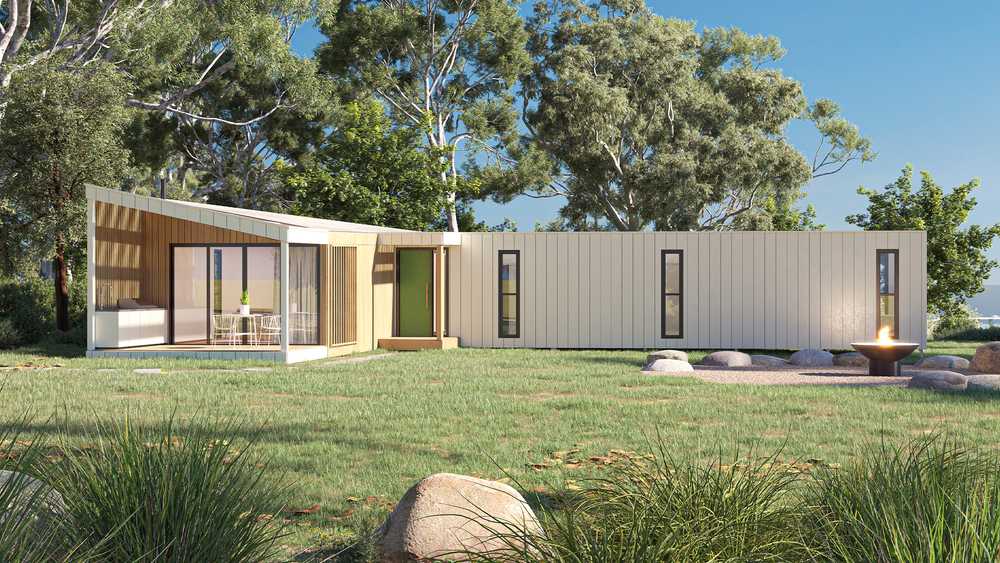
Modular homes are known for their cost-effectiveness in construction and maintenance, making them a popular choice for many homeowners looking to save money without compromising on quality. Let's delve into the details of how modular homes offer significant cost savings compared to traditional homes.
Cost Savings Associated with Modular Home Construction
Modular homes are built in a controlled factory setting, which reduces construction time and labor costs significantly. The assembly line production process allows for efficient use of materials and minimizes waste, leading to lower overall construction costs. Additionally, the ability to bulk purchase materials at discounted rates further contributes to cost savings for modular home builders.
Value for Money Compared to Traditional Homes
When comparing the cost of building a modular home to that of a traditional stick-built home, modular homes often come out as the more affordable option. The streamlined construction process of modular homes results in fewer delays and unexpected expenses, ensuring that homeowners stay within budget.
Moreover, the energy efficiency of modular homes leads to long-term savings on utility bills, making them a financially sound investment.
Financial Benefits of Choosing a Modular Home Design
Choosing a modular home design not only saves money during the construction phase but also offers financial benefits in the long run. The durability and energy efficiency of modular homes lead to lower maintenance costs and reduced energy consumption, resulting in additional savings over time.
Furthermore, the resale value of modular homes tends to hold up well, providing homeowners with a solid return on their investment if they decide to sell in the future.
Design Trends in Modular Homes
Modular homes have come a long way from their traditional cookie-cutter designs. With advancements in technology and a shift towards more sustainable living, modern modular homes are embracing cutting-edge design trends that cater to changing preferences of homeowners.
Smart Home Integration
Incorporating smart home technology into modular designs is becoming increasingly popular. From automated lighting and temperature control to security systems and entertainment centers, modular homes are being equipped with the latest in smart home features to enhance convenience and efficiency.
Open Floor Plans
Open floor plans continue to be a sought-after design trend in modular homes. By removing unnecessary walls and barriers, modular homes are able to create a sense of spaciousness and flow, perfect for modern living and entertaining.
Sustainable Materials
As sustainability becomes a top priority for homeowners, modular homes are incorporating eco-friendly materials such as reclaimed wood, recycled glass, and energy-efficient appliances. These sustainable elements not only reduce the environmental impact but also create a healthier living space for occupants.
Customization Options
Gone are the days of limited design choices in modular homes. Today, homeowners have a wide range of customization options available to them, allowing them to personalize their modular home to reflect their unique style and preferences. From choosing finishes and fixtures to selecting layout configurations, customization is key in transforming the modular home industry.
Ultimate Conclusion
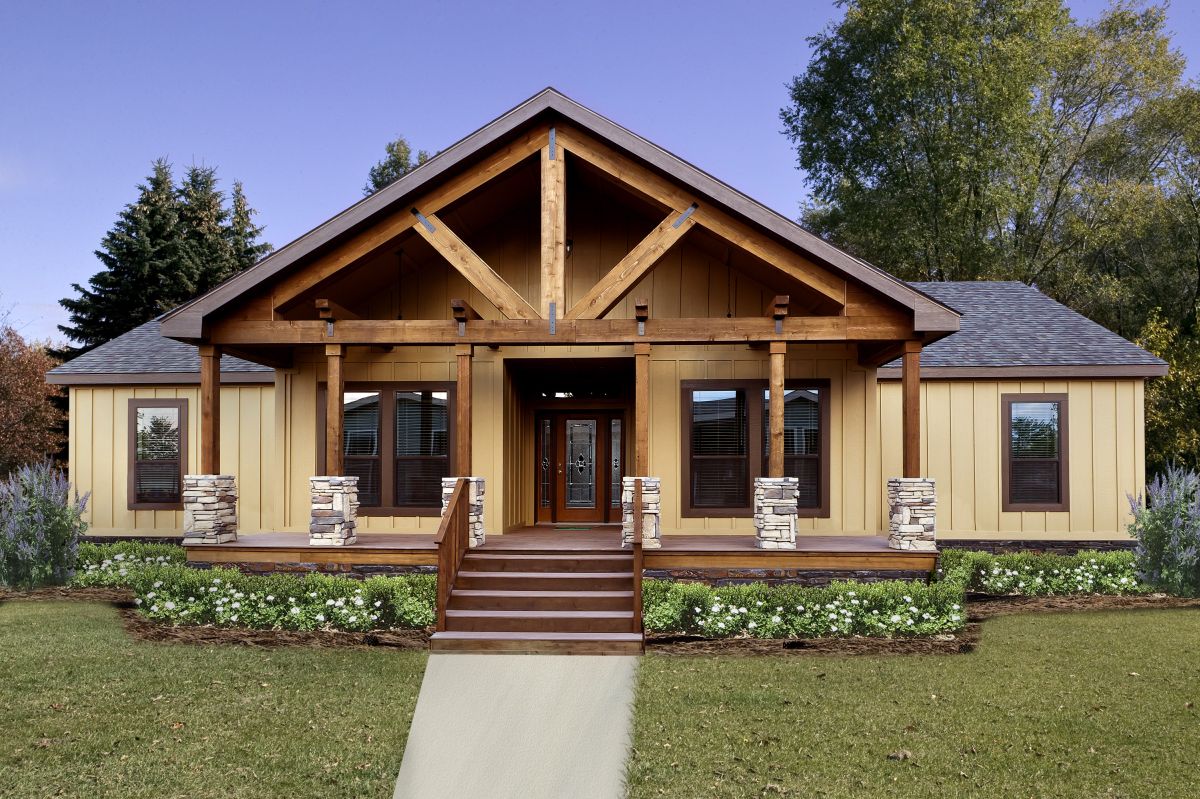
In conclusion, the discussion on transforming lifestyle with modular home designs sheds light on the exciting possibilities and benefits that come with embracing this contemporary approach to housing. From sustainability to cost-effectiveness and design trends, modular homes offer a new way of living that is both practical and stylish.
Embrace the future of home design with modular homes and experience a lifestyle that is truly transformed.
Key Questions Answered
Can modular homes be customized to suit different lifestyles?
Yes, modular homes offer flexibility in design and customization to cater to various lifestyles, making them a versatile housing option.
What are the cost savings associated with modular home construction?
Modular homes are generally more cost-effective than traditional homes due to streamlined construction processes and reduced labor costs.
How do modular homes compare in terms of sustainability with traditional construction methods?
Modular homes often use sustainable materials and construction practices, making them a more environmentally friendly choice compared to traditional construction methods.
What are some popular interior design trends in modern modular homes?
Popular interior design trends in modern modular homes include open floor plans, energy-efficient features, and minimalist aesthetics.
How are modular homes adapting to changing design preferences?
Modular homes are incorporating innovative design ideas and technologies to meet the evolving design preferences of homeowners, ensuring they stay relevant in the housing market.






